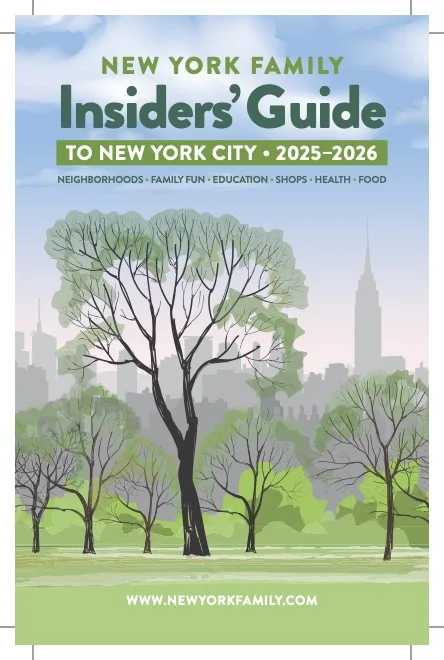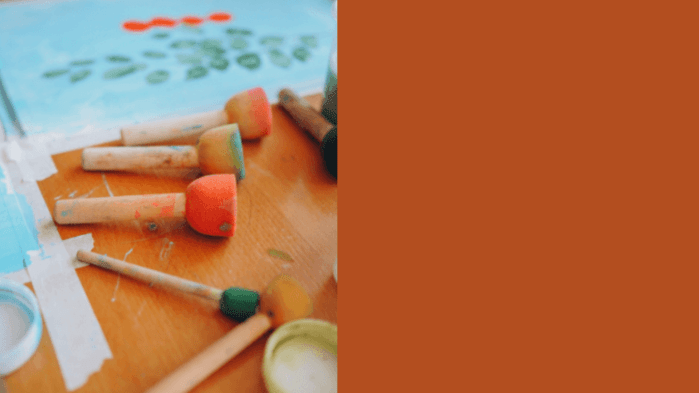 About 12 years ago, while I was earning my doula certifications, I attended a birth that had such an impact on me, the situation still lingers with me to this day. To complete the doula program, I was required to attend three births and then be critiqued on my performance. So here I was, fresh, excited, naïve, and very much still learning about the birth process and my role as labor support. I was at my third and final birth for my certification and I ran into a situation I was simply unprepared for. I had been with this couple for hours as the mother labored beautifully with her second baby.
About 12 years ago, while I was earning my doula certifications, I attended a birth that had such an impact on me, the situation still lingers with me to this day. To complete the doula program, I was required to attend three births and then be critiqued on my performance. So here I was, fresh, excited, naïve, and very much still learning about the birth process and my role as labor support. I was at my third and final birth for my certification and I ran into a situation I was simply unprepared for. I had been with this couple for hours as the mother labored beautifully with her second baby.
The mother, having forgone pain medication, feeling the urge to push, quietly started grunting. During transition—the end of the first stage of labor—she found comfort in being on all fours and swaying her hips. This is the position she started to push in. The conflict started when the doctor walked in and insisted my client birth in the traditional manner—on her back. The mother pleaded to stay where she was. She cried out that this felt good to her and she knew she could push her baby out like this since this is how her first son was born. There was a brief argument, and the doctor said she would not deliver the baby unless the mother turned over. Let me insert here that it was not her care provider, but the resident on call. In hindsight, I realize the young doctor may not have known how to catch a baby unless the mother was in a semi-recumbent position, one of the most traditional birthing positions. The story ends with my client flipping over and pushing her 10 lb baby out within minutes. Birthing from what I perceived, as anger and spite.
What remains with me to this day, is how the power and innate wisdom was taken away from the mother. Why does the mother not have autonomy and agency over her own body? A birthing woman should not have to ask permission to follow her instincts as to how she believes she should deliver her child. There are two big problems I see to this story. One: The state of most obstetrics education does not focus on normal physiology of birth, leaving doctors limited in their scope of options beyond the traditional medical model. In this case, the vertical position my client assumed was likely too unfamiliar for the doctor to comfortably assist in the delivery.
[gravityform id=”15″ title=”false” description=”false” ajax=”true”]
Even though studies have shown the lithotomy position is one of the least advantageous positions to push in for the mother since the mother is decreasing the size of the pelvic outlet and working against gravity, 92 percent of births take place reclined. Secondly, the mother is often disregarded as an active participant with deep wisdom of her body during the birthing process. If the health and well-being of the mother and baby are not in question, why are we stripping the mother of her right to follow her body? The doctor should be the guardian of safety, not the ruler of the kingdom.
Sadly, I find myself advising my students to find out, “Will your care provider allow you to …” you can fill in the blanks with so many examples:
- Go past your due date?
- Push for longer than the hospital’s set time limit?
- Have intermittent monitoring?
- Digress beyond the “expect dilation” and allow for a slow but progressing labor?
- Not have routine IV fluids.
- Have unrestricted movement during labor.
I am not here to doctor bash, since I do believe modern medicine has a very important place in society. However, I also believe that women very readily give over their power to their doctor because as a society that is what we are taught that “doctor knows best.” Robbie Davis-Floyd, PhD, medical and cultural anthropologist, describes our culture as “technocratic- a society developed around the ideology of progress of high technology and the global flow of information through high technology.” In this model, the mother’s involvement in the decision making process is not highly valued and the emotional state and respect for the mother’s experience is not often considered. Those who question that authority are often labeled as “the problem patient,” “confrontational,” or “being a squeaky wheel.” Birth is one of those times when the mother should be the squeaky wheel. Birth is an opportunity to step away from needing to be a polite, follow direction well or be a “good girl.” As I became a seasoned doula, I learned that part of my job was to protect the space of the mother so she could dive deep within herself and find trust within her body and connect to her ability to birth. Judgement, scrutiny, belittlement, all disempower a woman, leaving her unable to birth from this primal place. As renowned midwife and birth advocate Ina May Gaskin says: “Let your monkey do it,” meaning, learn to connect to the primate within you and not care about being polite or proper while birthing.
Part of this dysfunction may reflect the model of care a woman chooses. As discussed, a traditional obstetric model of care focuses on the pathological potential of pregnancy and birth. As opposed to the Midwifery Model of Care which reflects the idea that pregnancy and birth is a natural physiological process that should be inherently trusted. This is more of a “watch and see, and then react” mentality. Both models of care have the same desired outcome, healthy mom and healthy baby—but use different routes to get there.
So, for those seeking to have more autonomy and agency over their body during pregnancy, labor and birth, you may step back and consider, is your care provider going to allow you this respect? Take ownership of your birth. If you want certain freedoms, you may have to swim upstream from the current birth trends in our country and seek out a provider who supports a woman centered birth. As a mother, there will be countless times when regardless of the situation and the feeling you may have, you will step up and do what you believe is best for your child. Unleash those instincts now.
Debra Flashenberg is the founder and Director of the Prenatal Yoga Center. She is a certified labor support doula, Lamaze Childbirth Educator, and certified prenatal yoga instructor. She is continuously in awe of the beauty and brilliance of birth and is the proud mother of her son, Shay and daughter, Sage. Visit prenatalyogacenter.com for more info!




















